The fifth generation of Honda CR-V comes equipped with Tire Pressure Monitoring System or TPMS which is a great safety feature, but sometimes even if you’ve correct tire pressure, it may give low tire pressure warning in the dashboard. This article will show you how to re-calibrate TPMS on Honda CR-V and turn off that warning light.
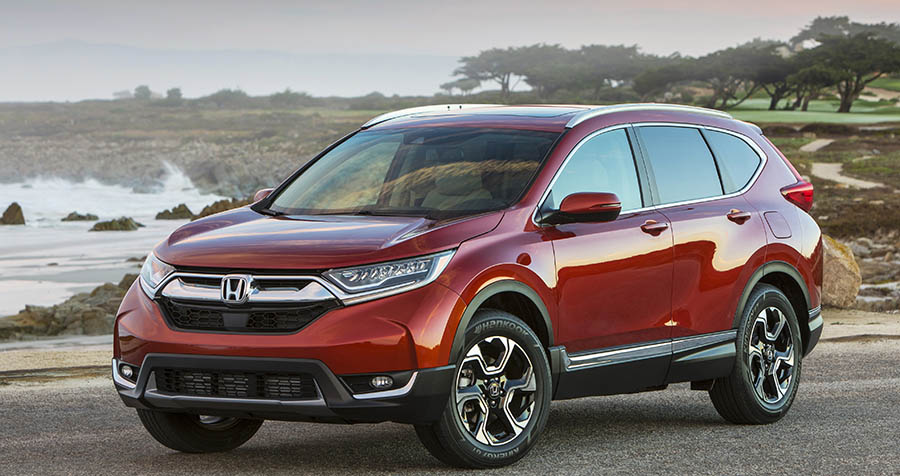
Before resetting the TPMS, please make sure you have filled all four tires with correct air pressure according to the specifications mentioned on the door jam on the driver’s side front.
1. To reset, press the Home button on the infotainment system (center display).
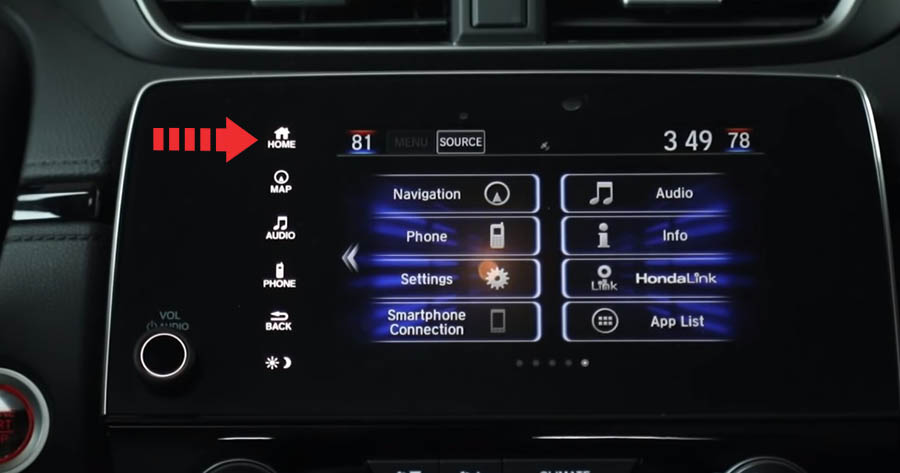
2. Then, go to Settings.
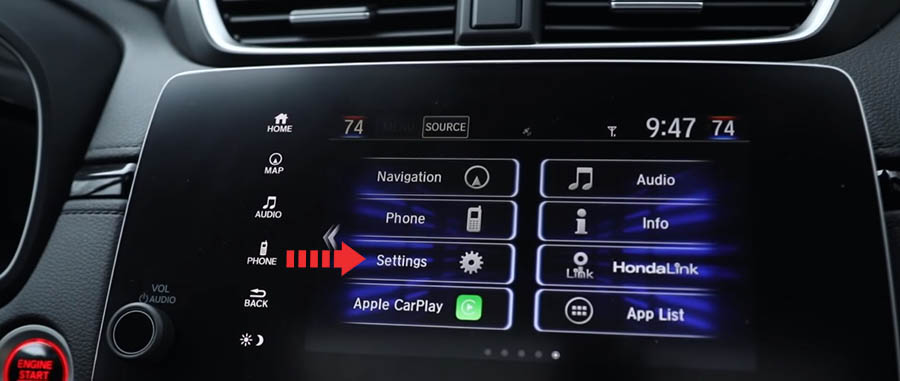
3. Next, touch the Vehicle button.
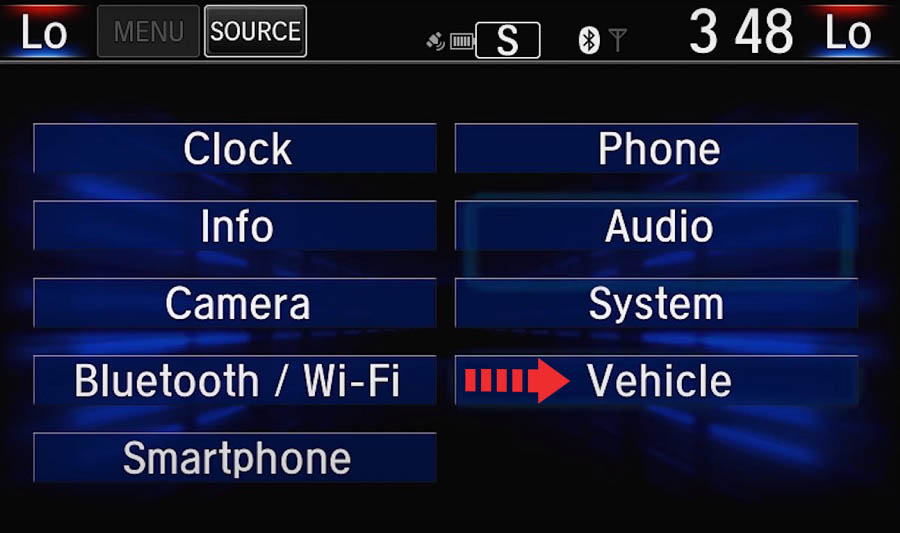
4. The very first option you will see is TPMS Calibration, go ahead and select that.
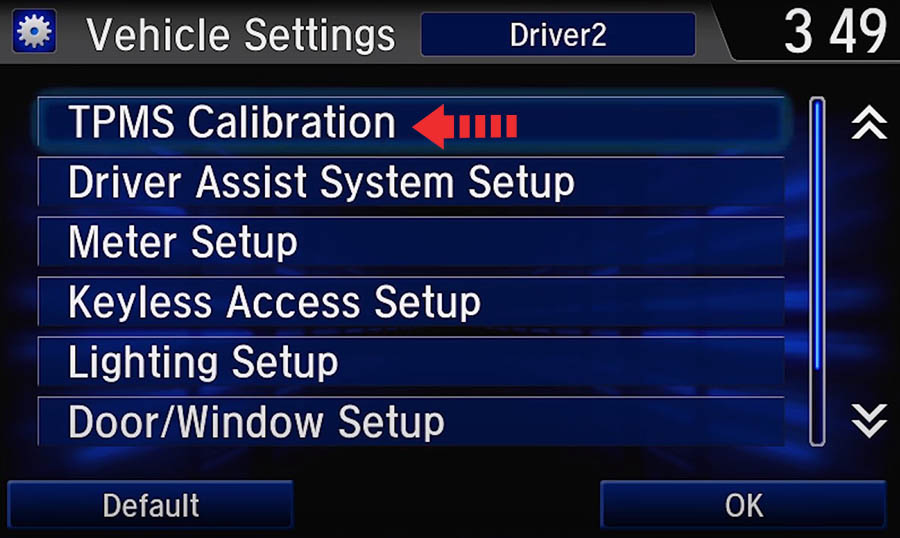
5. Finally, touch the Calibrate button.

6. In a few seconds, the system will calibrate automatically and the warning light will disappear from the instrument cluster screen.
What happens if the tire pressure is not correct?
Many drivers have not dealt with the right tire pressure. In addition, many forget to control the pressure properly or don’t feel like it. But there are also drivers who feel insecure about checking the pressure because they have not done it before. An incorrect tire pressure – regardless of whether there is too much or too little air – can have a significant impact on fuel consumption and driving behavior.
What are the consequences and effects if the pressure is too low?
A low tire pressure means that a larger area of the tire lies on the asphalt while driving. In addition, the tire no longer has a round shape and can no longer roll cleanly. This has the disadvantage that the fuel consumption increases because the rolling resistance increases with a tire with low air pressure. In addition, the tire runs on the flanks and wears out unevenly while driving. This means that the tire ages quickly and must be replaced earlier.
What can happen if the tire pressure is too high?
However, not only too low, but also too high a tire pressure has a negative impact on driving behavior. As a result, the tire mainly runs on a narrow part of the tread in the middle. Although this saves fuel because the resistance on the road decreases, it can have serious consequences in the event of an emergency stop. If the tire pressure is too high, the grip on the road is reduced, with the result that the braking distance is longer. In particularly severe cases – especially if the roadway is wet or icy – the car can skid due to lack of grip and you lose control of the vehicle. This can lead to serious to fatal accidents.
What is the optimal tire pressure for my vehicle?
The tire pressure is measured in bar and is different for each vehicle. It depends on the tire, but also on the type of vehicle. Information on the pressure with which the tire should be fitted or the maximum inflation can sometimes be found on the tire itself. As a rule, however, the description of the car or a small sticker in the entrance area of the driver’s door indicates which tires fit the vehicle and what the optimal tire pressure should look like. In an emergency, you can also ask the manufacturer which pressure is suitable for your own vehicle and the respective car tire.
How do I check tire pressure?
Most gas stations have special test devices for checking the tire pressure, but you can also find them near car washes. You can usually measure the pressure of the tires free of charge or for a small fee, and increase or decrease the tire pressure if necessary. Experts recommend checking the tire pressure regularly and, if necessary, supplying the tire with air again. You plug the measuring device into the valve on the tire (unscrew the small protective cap beforehand) and you can then display whether the tire pressure corresponds to the specifications. If the tire pressure is too low, it can be easily refilled. If the pressure is too high, you can let some air out and compensate for the tire pressure. You can also buy devices for home use, which enable a check of the tire pressure and with which you can pump up the tire. However, this purchase is usually not necessary, since you have the opportunity to measure the tire pressure with each refueling process. If you still don’t dare to work with the tire pressure gauge, you can of course ask the gas station attendant or a workshop employee for help. They usually like to help.
Conclusion on tire pressure
In summary, it can be said that optimal tire pressure is crucial for perfect driving behavior. Not only do you save fuel, you are also safer on the road and cannot easily skid when braking. As you can see, regular tire checking can even save lives. The tire pressure must not be too low or too high. Both have a negative impact on driving behavior. Therefore, you should regularly check the pressure and correct it if there are any defects. So you are always on the road in a fuel-saving and safe manner.










My CR-V dashboard does not show the main screen with the Home option; I cannot find a way to get the display of the “TPMS Calibration”, neither the option to “Calibrate”. It looks like we are talking about two different vehicles, but mine is HONDA CR-V 2016.
The method in this article is for 5th generation CR-V, made from year 2017. Your CR-V is 4th generation (2011-2016).
Great visual instructions. Thanks. I didn’t find that in the Owner’s Manual. I’m pretty sure the Owner’s Manual says it will recalibrate automatically once the tire pressure is corrected.
This method worked perfectly for my 2020 Honda CR-V. Like another person commented, it doesn’t tell you anything remotely close to this method in the car manual. So strange. Thanks for the great instructions!! 👍
THANK YOU! I was going batty with that thing – the sticker on the frame said 30psi on cold tires. I inflated them all to 31psi, just to be sure and that stupid alert still didn’t go away. This fixed it.